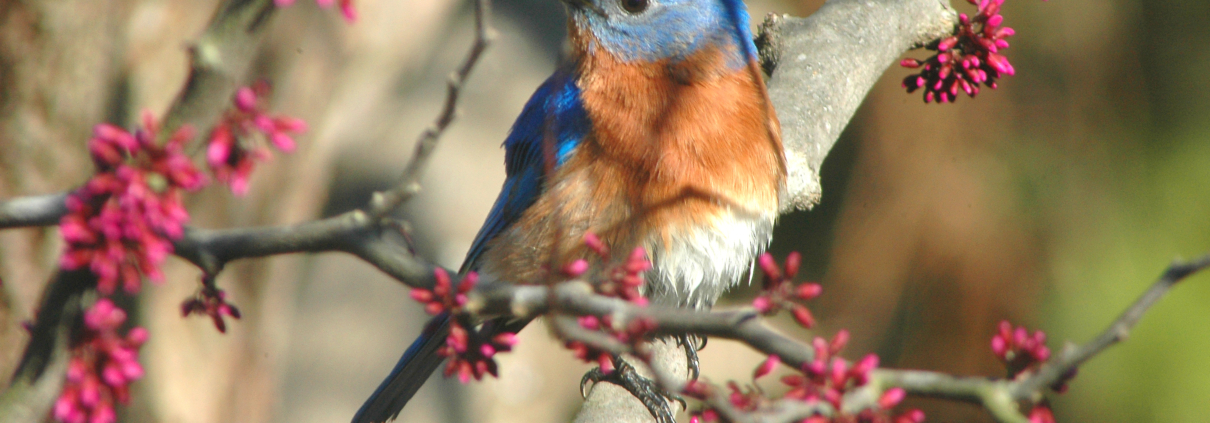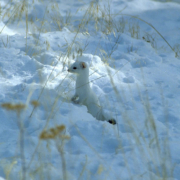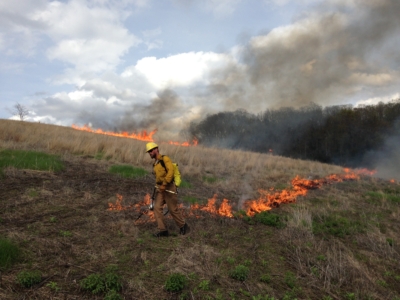Taking Nature Out of the Corner and Into the Spotlight: Biodiversity and the Circular Economy
In the now classic movie, Dirty Dancing, the final scene starts with everybody’s favorite movie line, “Nobody puts Baby in the corner!” This iconic line comes to mind every time I see an infographic explaining the circular economy, but the “Baby” in this case happens to be nature, expelled from the closed loop although materially impacted by it.
Circular economy or closed loop systems are, depending on who you ask, merely grandiloquent terms for recycling or the next best thing to address the impact of industrial processes on the planet. The Ellen Macarthur Foundation, one of the leading voices on circularity, presents the various schools of thought on the concept with a diversity of approaches to circularity, some of which are more transactional than others.
William McDonough’s Cradle to Cradle manifesto is one of the few to address nature and its needs as an integral part of the system, beyond being just an ingredient within the system. His circular model calls for respecting biodiversity as a value rather than an input. This respect for biodiversity is contained within McDonough’s ethos of a respect for diversity in all of its forms. In contrast, the concept of biomimicry views nature as a commodity, providing its biology, chemistry and engineering to solve human problems.
Circular economy approaches are very valuable at driving innovation in manufacturing processes, waste management and consumption patterns. Removing waste from industrial and consumption cycles, reducing materials used to make goods, and encouraging cascading benefits of by-products are all positive steps toward decreasing our collective weight on the planet and increasing the life of our natural resources.
But this approach shares many of the same weaknesses with respect to nature that natural capital accounting, ecosystem service valuation, and other economy-first initiatives share ― they all put biodiversity in the corner to the detriment of all life on the planet.
As McDonough says in Cradle to Cradle, “When diversity is nature’s design framework, human design solutions that do not respect it degrade the ecological and cultural fabric of our lives.” It doesn’t have to be this way. It’s just the easier to extract a process and close it than attempt to interweave processes the way nature does in the ultimate closed loop that is planet Earth.
One environmental thought leader who expressed the need to integrate biodiversity loss into environmental impact assessments and to think about species beyond their use as resources is Pope Francis, writing in Laudato Si, a document released by the Vatican in June 2015. Although this papal encyclical has been politically reduced to a plea for action on climate change, the Pope covers a broad variety of environmental issues and says that “a sober look at our world shows that the degree of human intervention, often in the service of business interests and consumerism, is actually making our earth less rich and beautiful, ever more limited and grey, even as technological advances and consumer goods continue to abound limitlessly. We seem to think that we can substitute an irreplaceable and irretrievable beauty with something which we have created ourselves.” He’s not just talking circular economy in this passage, but he certainly highlights the shortcomings of a closed loop process that ignores the thing on which it sits.
There are many things that industry can do to address its impact on nature and embrace the restorative imperatives contained within circular economy models. Where impacts are direct ― like on lands used for extraction ― approaches to land management during operations and design of reclamation and restoration can focus on exceeding regulatory requirements to provide maximum benefit for biodiversity. At its Marblehead Quarry in Ohio, LafargeHolcim is actively managing for the recovery of the rare and endangered lakeside daisy by using crushed limestone screenings to create the alkaline conditions required by the plant, whose only known occurrence in the state is in Ottawa County where the quarry is located.
Across all industrial sectors, non-operational lands can be managed to respect biodiversity and restore nature, rather than managed in ways that limit its exuberance such as through frequent mowing or landscaping with non-native species. By including the entire industrial footprint in the closed loop, a circular process can have a significant restorative impact on biodiversity. WHC’s recent white paper, Prioritizing Pollinators in Corporate America, shows how easily an entire footprint can be utilized for positive outcomes that meet a national need.
No loop is fully closed or sealed off. Every process contains manufactured goods and the ingredients that make them – all must be moved across the globe, and these movements create pathways for the spread of invasive species and wildlife diseases. By including product movement in the closed loop, operations along the manufacturing process, from extraction all the way to retail, can have an impact on two of the greatest threats to biodiversity worldwide.
Finally, the needs of biodiversity can be considered in the cascades, or by-products of a closed system. General Motors set – and already surpassed – a global goal to achieve 100 landfill-free facilities by 2020. They are creating circularity in their manufacturing processes in many ways. The company also has a biodiversity goal that all of its manufacturing facilities worldwide secure WHC Conservation Certification by 2020. These goals became intertwined when GM started to convert scrap Chevy Volt battery covers into nesting boxes for wildlife, cascading a product to benefit biodiversity.
Whether it’s called circular economy, regenerative design, cradle to cradle manufacturing or any other fancy word for recycling, it’s not necessary that these waste elimination and resource-use reduction processes and approaches be laminated onto nature. They in fact can include nature in many ways and fully embrace the restorative imperative. We just need to open the closed loop and take biodiversity out of the corner.








